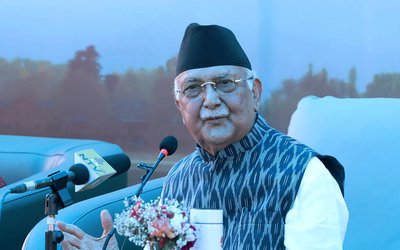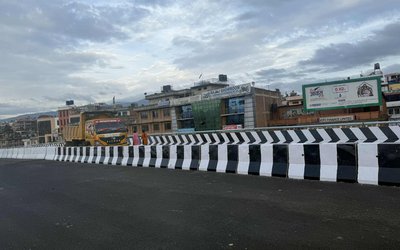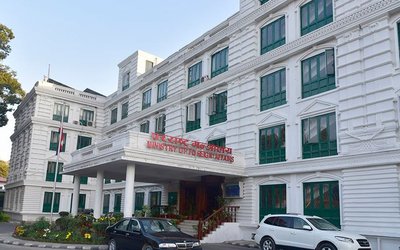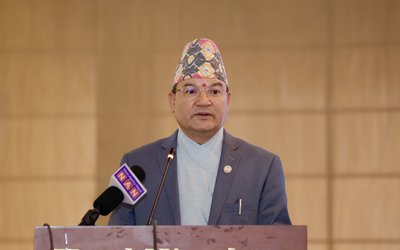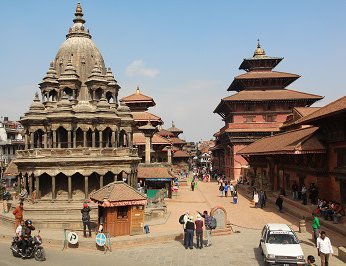
Without its ancient monuments and Unesco World Heritage sites, Nepal would definitely be less appealing to foreign tourists. Not only do these old buildings bring economic growth, but they also bear « the identity of the society and represent a certain period and its many aspects, whether they be social, economic, cultural, or religious », says Bhesh Dahal, Director General of the Department of Archeology of Nepal. Therefore, Dahal states loud and clear that these historical sites « should be transferred in their intact condition from one generation to the next one ». But are they really? And is that even possible?
To answer these questions, one must understand the main issues Nepal has to face when it comes to the maintenance of its architectural heritage. The major one is the unfortunate location of the country on the globe. Because it sits on the active seismic belt of the Himalayas, tremors are numerous. And even the slightest ones deeply damage the ancient temples and other royal palaces. Thomas Schrom, co-executive director of the Kathmandu Valley Preservation Trust », is well aware of the hurdles of taking care of very old monuments on a geologically unsteady land. « We live with the permanent danger of an earthquake », says Schrom. Currently working to renovate the Palace Complex of Patan Durbar Square, he reminds that « 50 % of these structures were destroyed in the 1934 earthquake ». "Two hundred trucks of debris were collected!" he says.
« After 1934, there was a huge rebuilding effort, but the repairs were not made up to standards, and there was a shortage of material. The palace thus fell into decline », relates Schrom. But the degradation of the complex had started long before 1934, « because of insufficient care and funds, beginning at the arrival of the Shah dynasty, 250 years ago ». On top of that, one of the particularities of Nepali edifices is their lack of sturdiness. « Structure wise, they are not very strong, and they need continuous care », analyses Schrom. Centuries ago, the various kings of the feudal system running Nepal turned temple construction into a game: they would compete against one another over who had the most elaborated and beautiful palace. They did not have much concern for the structures' strength.
For all these reasons, when the Kathmandu Valley and its seven sites were listed as a World Heritage Site in 1979, there was a lot of work to do to preserve the fragile buildings. The UNESCO label set up a new deal, for it attracted foreign investors, and money started to trickle in. Twelve years later, the Kathmandu Valley Preservation Trust was founded, aiming at safeguarding the architectural heritage of the valley, thus helping the Department of Archeology in its task.
Through the Trust, most of the money is foreign, and so are many advisers working on the renovations. « A very nice dialogue takes place between Nepali craftsmen and western counselors or art students », reckons Schrom. A successful team work, despite some cultural differences of approach. « If we are missing scientific evidence regarding such piece of a monument and how it used to look when it was first built, the Western process would be to put a plain stone in its place », explains Schrom. « Whereas here, the philosophy will sometimes be to create something new », he says, showing a small wooden engraving in one of the complex' courtyards. Such a way of doing « can be a little looked down upon in the Western culture of preservation », according to the Co-executive director. But the context is very different in Asia, for the buildings are religious monuments still actively worshipped to this day. « And the priests don't want a ruin, they want a proper and beautiful shrine! », says Schrom.
In any case, these little adjustments with History do not seem to disturb anyone. Bobby, an American tourist in her sixties, is sitting nearby the Patan museum with her two friends: « The site is gorgeous; we really couldn't tell that it has been rebuilt several times or slightly changed! I'm not a purist anyway! », she says, delighted.

Elise Godeau
Elise is an intern from France
- Discovering Nepal
- Nov 11, 2014
- Discovering Nepal: First impressions of a Westerner
- Nov 08, 2014

